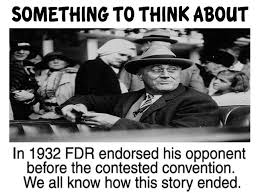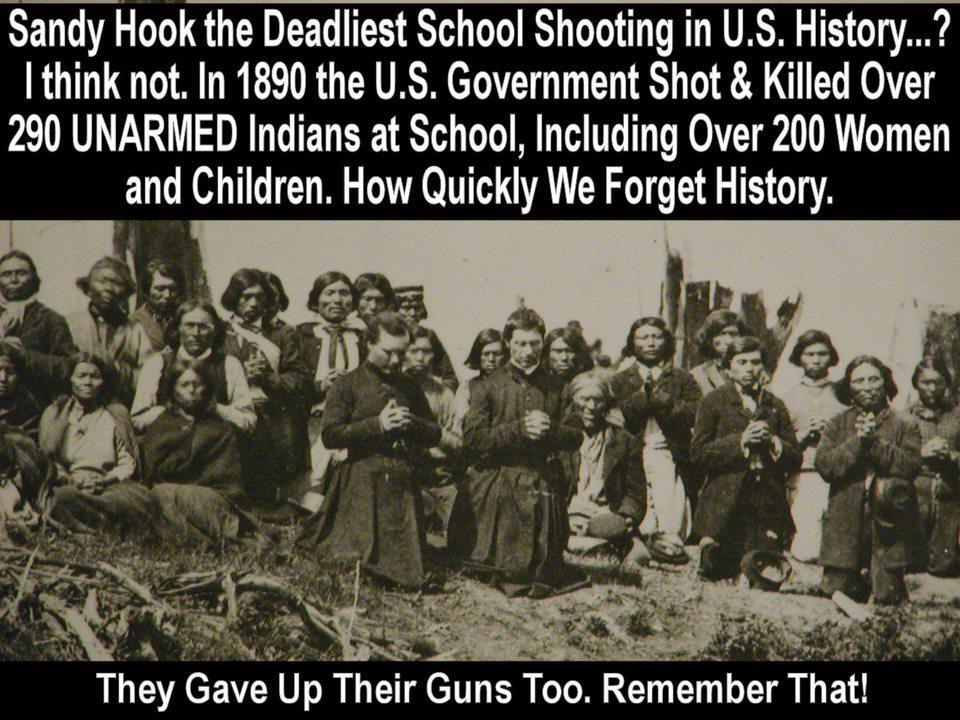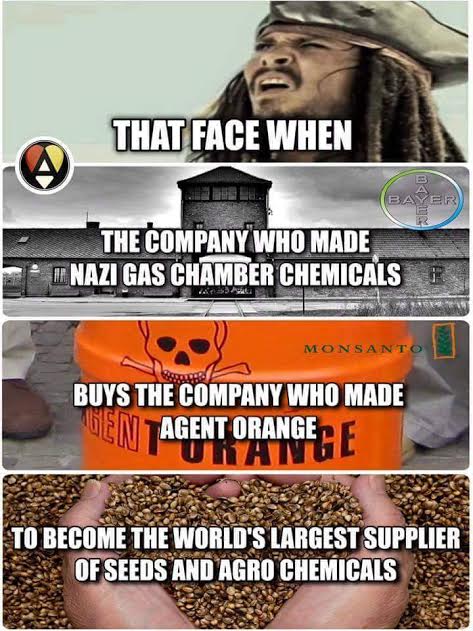Why You Shouldn't Get Your History From Facebook Memes
By:
History is a complicated subject, demanding copious and well-sourced research, fully understood context, and the ability to determine fact from interpretation. Do any of these things sound like they're readily found in Internet memes?
Most memes are simply pictures with text, with no sources or context to confirm that information. And so many are wrong.
From urban legends to long-debunked political nonsense to ham-fisted social commentary, history and politics memes are a fountain of inaccuracy. How do you spot the wrong ones, then?
A clue is that they revolve around a piece of information that doesn't make sense without context.
One example involved Bernie Sanders' endorsement of Hillary Clinton before the 2016 Democratic Convention.
It's a crudely stretched picture of Franklin Delano Roosevelt with misleading text:
 Snopes - snopes.com
Snopes - snopes.com
Roosevelt did win the Democratic nomination in 1932, and had indeed endorsed one of the candidates he was running against. But this is where context comes in: The endorsement had come several years earlier.
At the 1924 Democratic convention, New York Gov. Al Smith was put into nomination by his close friend, former Assistant Secretary of the Navy Franklin Roosevelt, making a return to the public eye after recovering from polio. Smith would end up losing a three-way race so bizarre and infamous it was labeled the "Klanbake," owing to the undue influence of the KKK.
Skip ahead eight years, and Smith was running for the Democratic nomination for the third time, this time against Roosevelt. In between, the relationship between Smith and Roosevelt had disintegrated, as Smith felt slighted and dismissed by Roosevelt after the latter succeeded him as governor of New York.
Even so, the convention wasn't particularly contested, as FDR came in with a large lead in delegates and won in four ballots.
The meme is therefore correct that Roosevelt had endorsed one of his opponents before the 1932 Convention, but incorrect in implying it was directly before, rather than eight years earlier.
The Sanders/FDR meme is a good example of a far-left falsehood spread through a meme.
Here's an example of a far-right falsehood: a widely-shared picture of a group of kneeling Native Americans with an ominous warning.
 Waffles at Noon - wafflesatnoon.com
Waffles at Noon - wafflesatnoon.com
The text almost certainly refers to the Wounded Knee Massacre of 1890 which followed an attempt by U.S. troops attempted to move a large group of Lakota natives. When the Lakota arrived at Wounded Knee Creek in South Dakota, they were ordered to surrender their weapons.
What happened next is debated, but a shot rang out, and U.S. troops opened fire. The Lakota returned fire but were overwhelmed by the soldiers' indiscriminate shooting. When it was over, at least 150 Lakota were dead, along with about 30 U.S. soldiers.
The meme is wrong about a number of facts.
- The Lakota didn't all give up their guns.
- The numbers are off.
- The most glaring inaccuracy is that the Wounded Knee Massacre didn't take place at or near a school. It happened at a creek on an Indian reservation.
The massacre was a black mark on the history of the U.S. Army, but it wasn't a school shooting, and absolutely shouldn't be lumped in with actual school shootings like Sandy Hook.
Finally, there's one bogeyman consistently used in memes by both sides: Monsanto.
The agribusiness giant is the subject of more conspiracy theories, rumors, urban legends, and unhinged hatred than virtually any other company in the world. So it's not a shock that when German company Bayer announced its intention to buy Monsanto a couple of weeks ago, meme makers got down to work.
 Mass Report - facebook.com
Mass Report - facebook.com
This is a massive oversimplification of a complex and tragic part of history.
For one thing, Bayer technically didn't exist during the Nazi regime, as it was one of six companies that merged in 1925 to create the conglomerate IG Farben.
Farben became a vital cog in the Nazi machine, and, in 1938, it bought the patent to the pesticide Zyklon B from German manufacturer Degesch. Farben then licensed it back to Degesch, who would make the Zyklon B used in the death camps, with two other companies handling sales and distribution.
After the war, IG Farben executives, including several from Bayer, were tried for war crimes, and Farben was broken up. Bayer became an independent firm again. It would take until 1995 for Bayer executives to apologize for the role IG Farben played in the Holocaust. Incidentally, Degesch survived the war, and was purchased by another firm in the 1980s.
To put it simply, Bayer didn't make Zyklon B, though its executives, in their roles with Farben, did profit from it.
As far as Monsanto and Agent Orange, they were one of nine companies that made the anti-foliage compound used in Vietnam — though they paid a larger percentage of settlement claims in future lawsuits.
So how do you combat incorrect memes like this?
You see something a friend puts up on social media, and because that person is your friend, you assume what they have to say is correct.
But it's often completely wrong. If it seems wrong, look it up using a trustworthy source. If it turns out that it is wrong, let the person know, ask them to take it down, and whatever you do – don't pass it on yourself.
